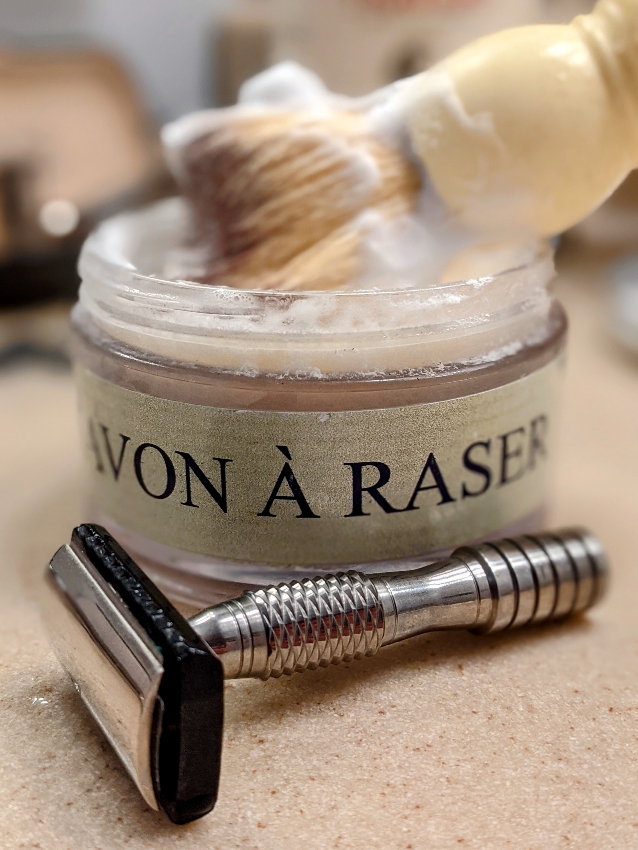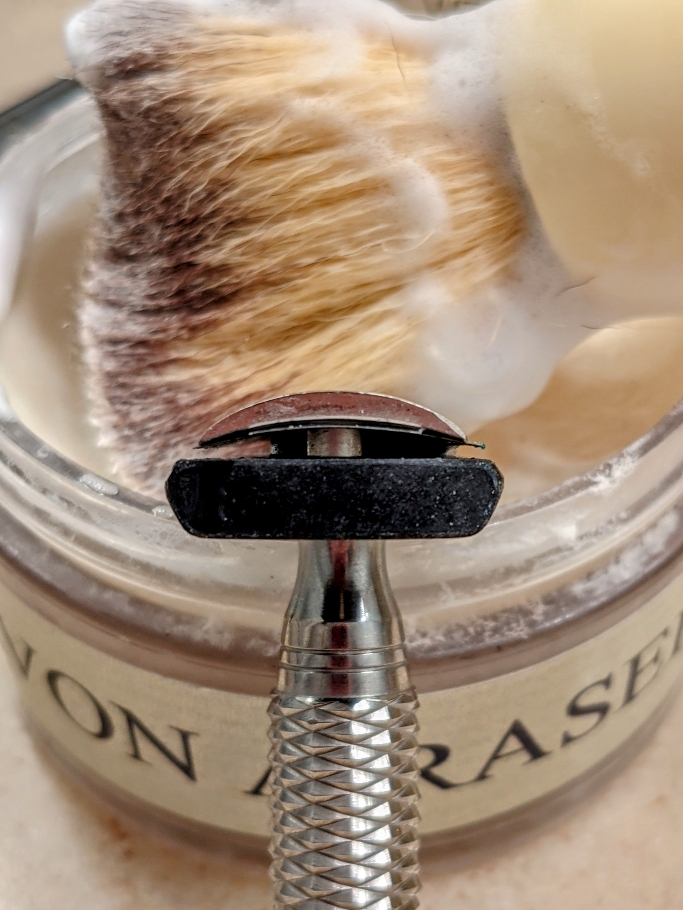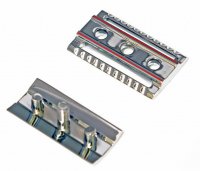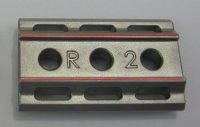Blade rigidity can be based on simple elastic beam theory. you could adjust for blade size and thickness. More complex clamping systems would involve finite element computer simulations.I have reviewed what The B & Bers have said they believe are the most important factors in grading a aggressive razors. There is also a fair amount written about it. I have read two articles that Mantic59 wrote
- In Mantic59’s older article what is the most aggressive DE razor? written in 2017 he touches upon the following factors as being important in razor design.
Mantic59 has a newer article written in 2018 updated 2020 called How much razor aggressiveness do you really need?
- Blade gap: Duh this is the measurement that got me into this mess.
- Blade exposure: Also, first brought up by South Dakota Guy.
- Weight: Also, first brought up by Tamahagane
- Balance: Only mentioned in Mantic59’s article.
The following attributes he touches on are.
In the article Mantic59 touches on the width of the teeth gaps and scallops gaps.
- Blade edge exposure: which is the same as Blade exposure.
- Blade bar span: Which is a variation on the blade gap measurement but Mantic59 seems to think this is a better measurement than Blade gap for determining aggressiveness.
- Safety bar design: Matic59 touches on Teeth gap on open comb razors and scallop gaps on closed comb razors. Also first brought up by JPO and Tamahagane.
The wider the gap the more aggressive the razor. Round bar guards found on plastic DE razors and Gillette tech razors will lay down the hair more than razors with teeth or scallops.
The other attribute that was also mentioned (first by jeffmudrick) is how ridged the blade by how the razor clamps the blade. I am still trying too understand this. Will a rigid blade make the razor more aggressive? I think a more rigid blade will make the razor more predictable therefore a better shaver. Which is also a good to know.
With this feed back I want to propose a razor measuring system. I will use the Merkur 34C. as an example. This is how I’m thinking of recording the measurements.
With these metrics in place the Merkur 34C would be a (drum role please).
- Blade exposure: This is nearly impossible to measure, and the manufacturers don’t really publish them. This will be expressed with a P for positive blade edge exposure. A 0 (zero) and a N for negative. If the blade exposure is extreme I would use P+ and N-. I would use a close up picture of the razor loaded with a blade and draw a line to represent the shave plane. I would than observe where the edge of the blade falls on the shave plane.
- Blade gap: This would be measured with a feeler gauge and be expressed in millimeters.
- The safety bar: The teeth gap or scallops would be measured with a caliper and expressed in millimeters. If it is a solid bar will be noted as a solid bar.
- Weight: the razor will be weighed in grams.
- Blade rigidity or method of clamping. I’m not sure how to measure this. I would like some assistance with this.
0/.71/1.2 scallops/77g/M (Medium blade rigidity)?
Please consider this exercise a rough draft and subject to change or even the scrap heap.
On a side note I found a blade measurement table in the wikis. Double-Edge (DE) Razor Blade Dimensions Table - https://www.badgerandblade.com/forum/wiki/Double-Edge_DE_Razor_Blade_Dimensions_Table
The Kai blade is ever so slightly wider. It would make any razor ever so slightly more aggressive.
Making sense of the numbers is more difficult. I am a structural engineer, so setting up the calculation is one thing, but i would need the measurements.







